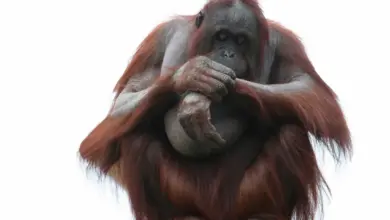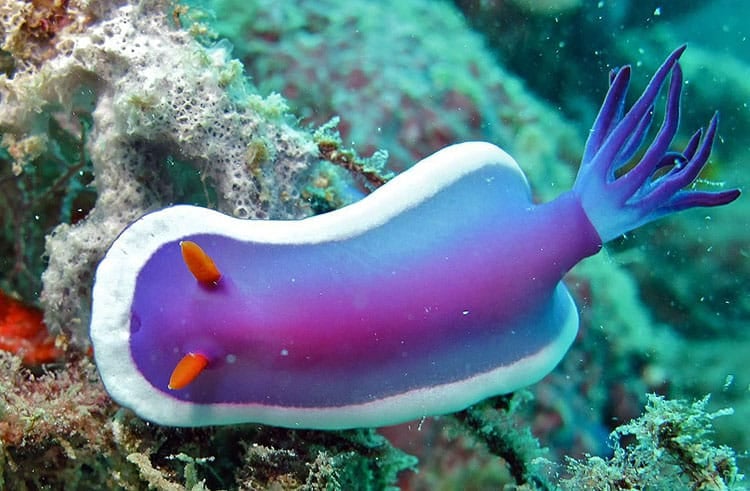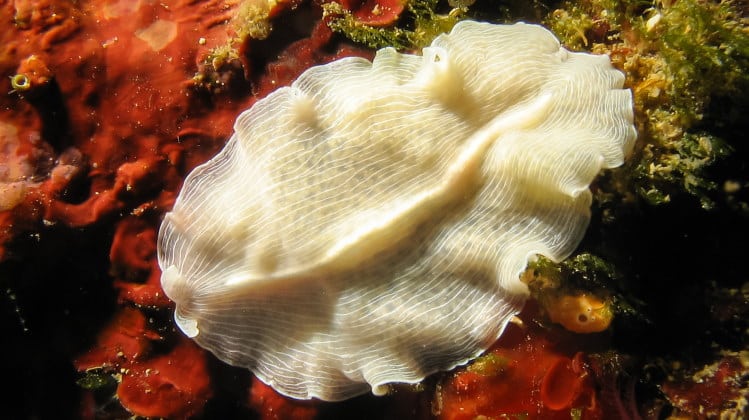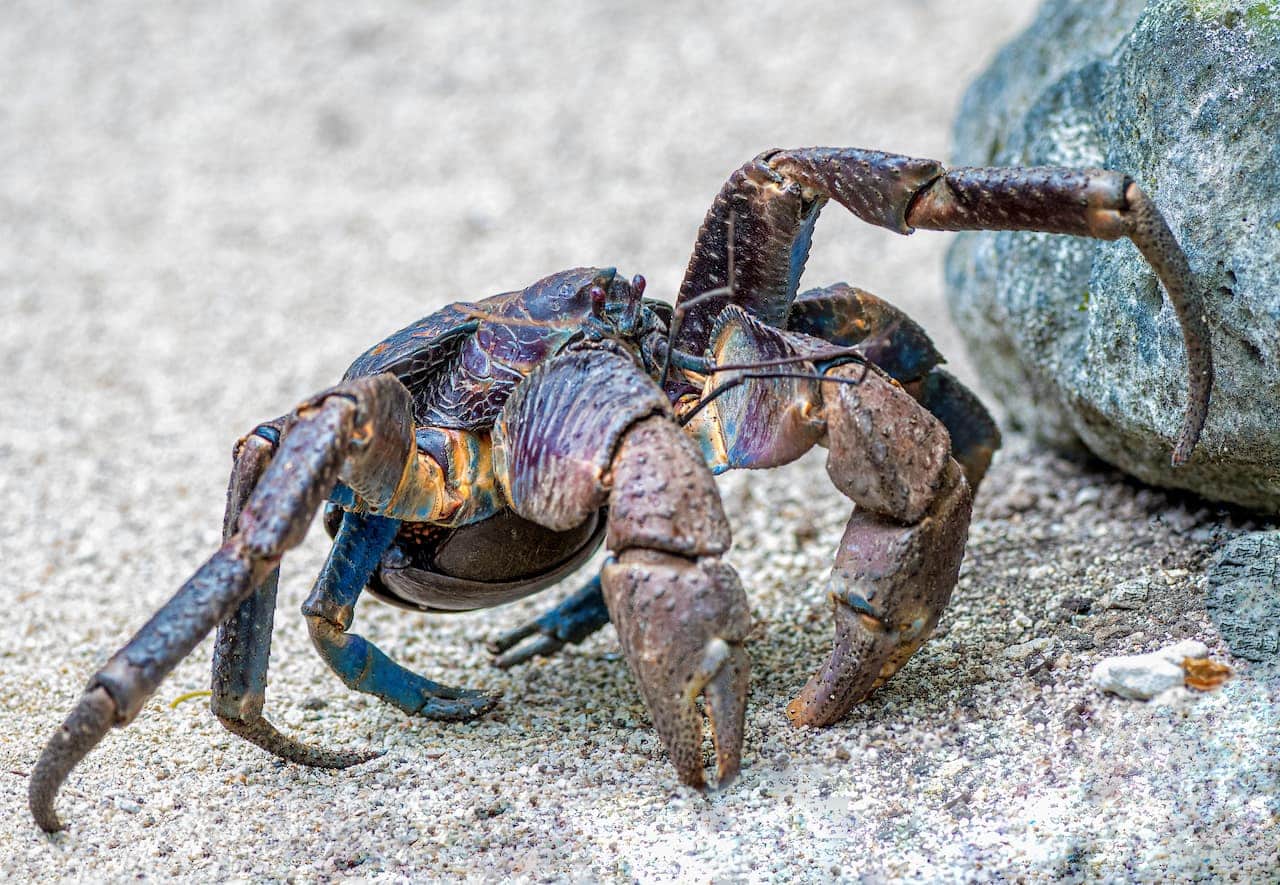Class Trematoda and Sub-Class Aspidogastrea
Class Trematoda and Sub-Class Aspidogastrea
The class Trematoda contains two subclasses.
One of which, the Digenea is a large and successful group with much economic importance to mankind.
The second subclass is the Aspidogastrea, which is a small group of absolutely no economic importance to mankind at all.
Trematode Subclass Aspidogastrea
The Aspidogastrea are an interesting group of about 80 species of parasitic Platyhelminths.
They are are all aquatic and as far as we know all have indirect life cycles, meaning they have more than one host species. Most species use some sort of mollusc or arthropod as the intermediate host and a vertebrate – such as a fish or a turtle – as the primary host.
Some species however reach maturity in the invertebrate host – and it must be remembered that there are a number of species in this group that we know very little about.
Aspidogastrea have more simple life cycles than their Digenean relatives, as they lack the intermediate forms that make Digeneans so prodigious in terms of numbers of young resulting from one egg. For the Aspidogastreans, one egg means one larvae and then one adult.
They are mostly small animals ranging in size from 1 mm to several cm. They also tend lack much in the way of ‘host specificity’, meaning they can be infective to a wide range of hosts. They have a large posterior sucker which is used to attach to the host.
Eggs are laid and pass out of the host animal with its faeces. In some species, such as Amphilina foliacea, the eggs do not hatch until they are eaten by the intermediate host. In others such as Austramphilina elongata they hatch in the water and the larvae swim around until they are able to infect a suitable – or sometimes unsuitable – host. In some species such as Aspidogaster conchicola and Lobatostoma manteri the eggs are not laid until the larvae are nearly ready to hatch.
The larvae can be either ciliated, in which case it normally has two rings of cilia (i.e. Multicotyle purvisi and Cotylogaster occidentalis) or it can be unciliated as in Rugogaster hydrolagi and Multicalyx elegans.
In the intermediate host, the larvae grow a certain amount and then wait until the intermediate host is eaten by the primary host.
There is no real metamorphosis as far as is known. Pre-adult juveniles look much like the adults, except that they are sexually immature. Sexually mature individuals are normally hermaphroditic, having two testes and a single ovary.
Both the larva and the adult possess a very complex nervous system, involving a brain and two sets of longitudinal nerve cords – one below the surface and one surrounding the mouth cavity. These nerves are connected by a network of lateral nerves.
The body contains a digestive system starting with a pharynx and including a short caecum. There are also two excretory bladders to allow the animal to get rid of metabolic wastes.
All Aspidogastrea species examined possess a large number of sensory receptors, with the species that have free swimming larvae having the greatest number. For instance Multicotyle purvisi possesses simple eyes while Lobatostoma manteri does not possess any eyes at all.





